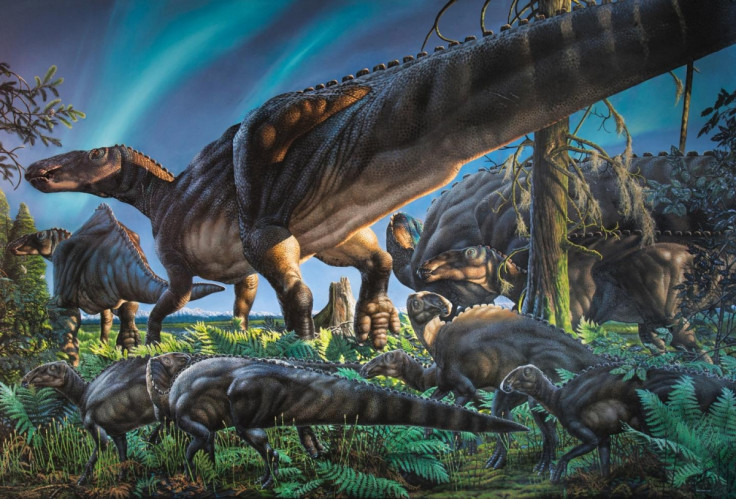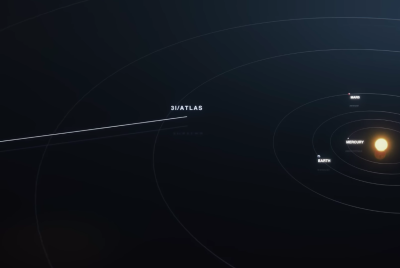Alaska: 'Polar-dwelling' dinosaur species discovered

The discovery of a new dinosaur species that lived in the unforgiving climate of the Arctic could fundamentally alter our understanding of dinosaur physiology, scientists say. Investigations of fossils recovered in a remote area of northern Alaska revealed the new species belongs to the Hadrosauridae group of dinosaurs.
Scientists say the herbivorous duck-billed dinosaur, named Ugrunaaluk kuukpikensis, grew up to 30ft (9m) long and had hundreds of teeth for chewing through the coarse vegetation of the Arctic. Thousands of bones of the animal were recovered from a single layer of rock called the Liscomb Bonebed in the Prince Creek Formation – a unit of rock that was deposited on a coastal flood plain about 69 million years ago. The findings are detailed in the palaeontology journal Acta Palaeontologica Polonica.
Polar dinosaur
"The finding of dinosaurs this far north challenges everything we thought about a dinosaur's physiology," said Greg Erickson, professor of biological science at Florida State University. "It creates this natural question: how did they survive up here?"
Patrick Druckenmiller, earth sciences curator at the University of Alaska Museum of the North, said the new species is the northern-most dinosaur fossil on record. While the world as a whole was warmer at the time and the Arctic was covered in trees, Ugrunaaluk still had to contend with months of winter darkness - with average temperatures of about 6C (43F) - and likely saw snow.
"Today we find these animals in polar latitudes," Druckenmiller said. "Amazingly, they lived even farther north during the Cretaceous Period. These were the northern-most dinosaurs to have lived during the Age of Dinosaurs. They were truly polar."
'Lost world'
Druckenmiller, who is also the associate professor of geology at the University of Alaska Fairbanks, said most of the skeletons recovered were from younger dinosaurs, about 9ft (2.7m) long and 3ft (0.9m) tall at the hip. "Because many of the bones from our Alaskan species were from younger individuals, a challenge of this study was figuring out if the differences with other hadrosaurs was just because they were young, or if they were really a different species," he said. "Fortunately, we also had bones from older animals that helped us realise Ugrunaaluk was a totally new animal."
Scientists will continue to mine the Prince Creek Formation along the Colville River and delve deeper into how these animals lived in conditions not typically thought to be amenable to dinosaurs. "What we're finding is basically this lost world of dinosaurs with many new forms completely new to science," Erickson added.
© Copyright IBTimes 2025. All rights reserved.






















